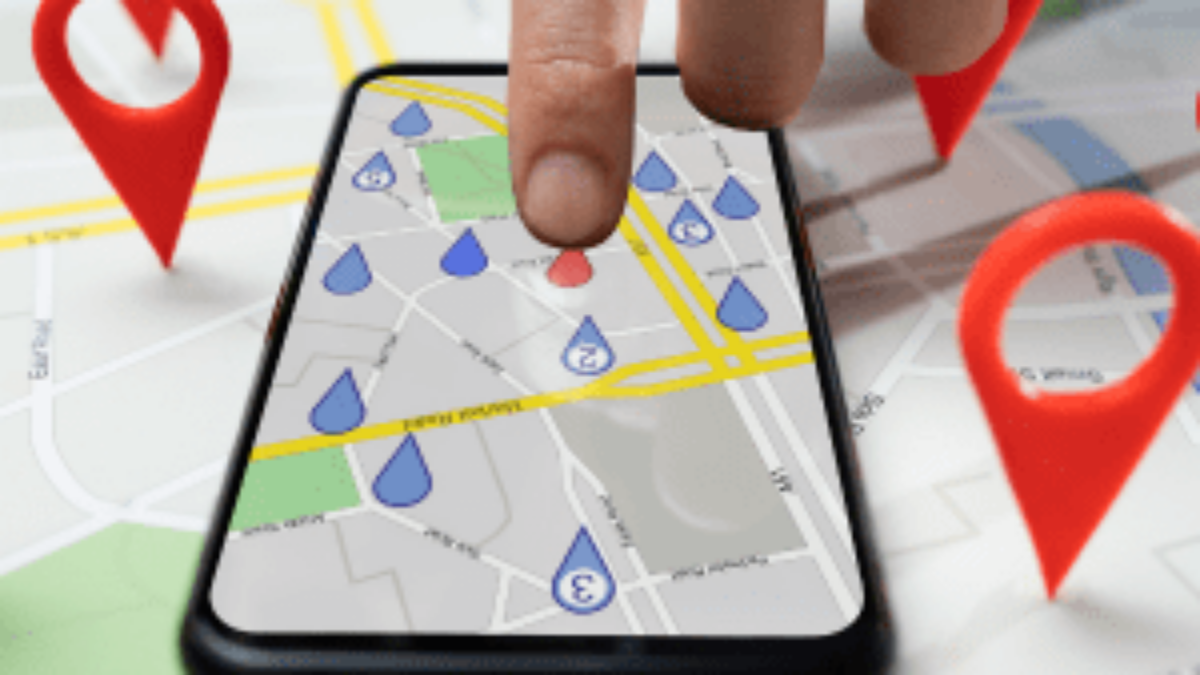In the ever-competitive online landscape, prioritising digital PR within your SEO strategy will ensure you don’t fall behind. The benefits go much deeper than just backlinks. Using digital PR to support your SEO efforts will increase your brand awareness and visibility, drive referral traffic, boost E-E-A-T signals, and ultimately increase revenue – the stuff that matters!
Before getting into the value of digital PR, we’ll remind you of the four key pillars of a successful SEO strategy:
- On-page SEO: This focuses on optimising your website’s content and HTML code to be search engine friendly.
- Technical SEO: Ensures your website is structured in a way that search engines can easily crawl and index your content.
- Content: Creating useful and relevant answers to the questions your target audience is searching for.
- Off-page SEO: This is where digital PR comes in – building your website’s authority through backlinks and other external signals.
While the simplest way of measuring digital PR activity is by the number of pieces of coverage and backlinks you achieve, the potential SEO benefits go much further:
The benefits of digital PR for SEO
Bring in better quality links than old-school link building methods
Unlike outdated link building methods that might focus on quantity over quality, digital PR excels at acquiring high-authority, relevant backlinks. Backlinks act like votes of confidence for search engines. The bigger and more established the brand or website linking to you, the stronger the positive impact on your website’s ranking in the SERPs. Digital PR secures these valuable links naturally by forging relationships with journalists and creating genuinely insightful content that they want to share! This focus on link-earning (rather than buying) ensures you get the most relevant and authoritative links that Google values the most.
Improve DR/DA/TF
Securing high-quality links through digital PR in turn improves your website’s Domain Ranking (or similar metrics like Domain Authority or Trust Flow).
As an example, we increased our loan agency client’s DR from 38 to 48 through landing links in high tier publications. Recognising the media’s appetite for money-saving hacks, a topic directly relevant to our client, we identified “insta-mums” keen to share tips on extending the lifespan of school uniforms. This angle resonated with journalists, earning linked coverage in key dailies like The Sun and The Echo. Given the high authority these publications hold in Google’s eyes, these votes of confidence significantly boosted our client’s ranking.
Increase brand awareness and online visibility
By securing placements in relevant publications and online outlets, you’re putting your brand in front of a targeted audience who actively engages with those sources. This exposure fuels brand awareness, resulting in your target market gaining familiarity with your name and services. Every piece of brand name anchor text, and every mention in the news and on social media, acts as a brand signal – reinforcing brand identity and playing a part in Google’s measurement of ‘brand authority’.
Boost E-E-A-T signals
Most SEOs and PRs will know all about this acronym and its importance, but if E-E-A-T is new to you – it’s a concept that’s included in Google’s Quality Raters Guidelines. These guidelines are essentially a roadmap for the human raters who evaluate the quality and relevance of search results and for websites aiming for top positions, building strong E-E-A-T signals is crucial.
Digital PR secures placements in reputable news outlets, showcasing your expertise on relevant topics and demonstrating the trust these publications have placed in your brands. This is especially the case when the campaigns utilise expert commentary. Coverage of your business’ experts lends credibility and directly contributes to your E-E-A-T signals. They’re particularly important for YMYL (Your Money or Your Life) industries – pages that cover topics with the potential to impact a user’s happiness, health, financial stability or safety.
At Cedarwood, we specialise in helping YMYL businesses to boost their E-E-A-T and consequential site traffic, through digital PR efforts. For instance, we used thought leadership initiatives to improve the SEO of a medical negligence client. Since they fall squarely within the YMYL category, we collaborated with their in-house experts to share informative expertise around medical symptoms and amplify their expertise and authority signals in the process. We outreached these comments in line with specific awareness days and the approach proved a huge success – generating over 100 pieces of linked coverage pointing back to the client’s website!
Generate referral traffic
Digital PR generates a wave of targeted referral traffic by securing links in media outlets frequented by your ideal audience. It attracts the right kind of traffic: consumers already interested in your industry. These clicks not only translate to new website visitors, but can also nurture existing leads further down the line. The more high-quality links you build in relevant publications, and the higher you rank in search results, the greater your visibility becomes – attracting a steady stream of potential customers.
Boost leads, sales & revenue through growing traffic and improving visibility
So, why does this all matter? Well digital PR isn’t just about links and website traffic; what’s most important is the sales and revenue growth this drives. Digital PR increases your prominence in search results. This then increases the opportunities you have to capture qualified leads and convert them into paying customers.
Think about it this way, you’ll be outreaching your PR to only the most relevant publications, read by your ideal customer. This targeted traffic is far more likely to convert than a generic website visitor who stumbles across one of your pages. Plus, these customers are that little bit more likely to press ‘buy’ because they’ve seen your brand in a respected publication, featured alongside other trust-worthy sources. That additional trust is so important to give users the confidence to purchase.
Improve your SEO results with Cedarwood Digital
At Cedarwood Digital, we’re experts in crafting targeted digital PR campaigns that generate high-quality backlinks, establish your brand as a thought leader, and ultimately help you reach your SEO goals. We understand the intricate connection between digital PR and SEO, and use this to drive traffic, and boost your business’ conversions.
Find out more about our digital PR team here, or drop us an email today to discuss a tailored strategy for your site.


























